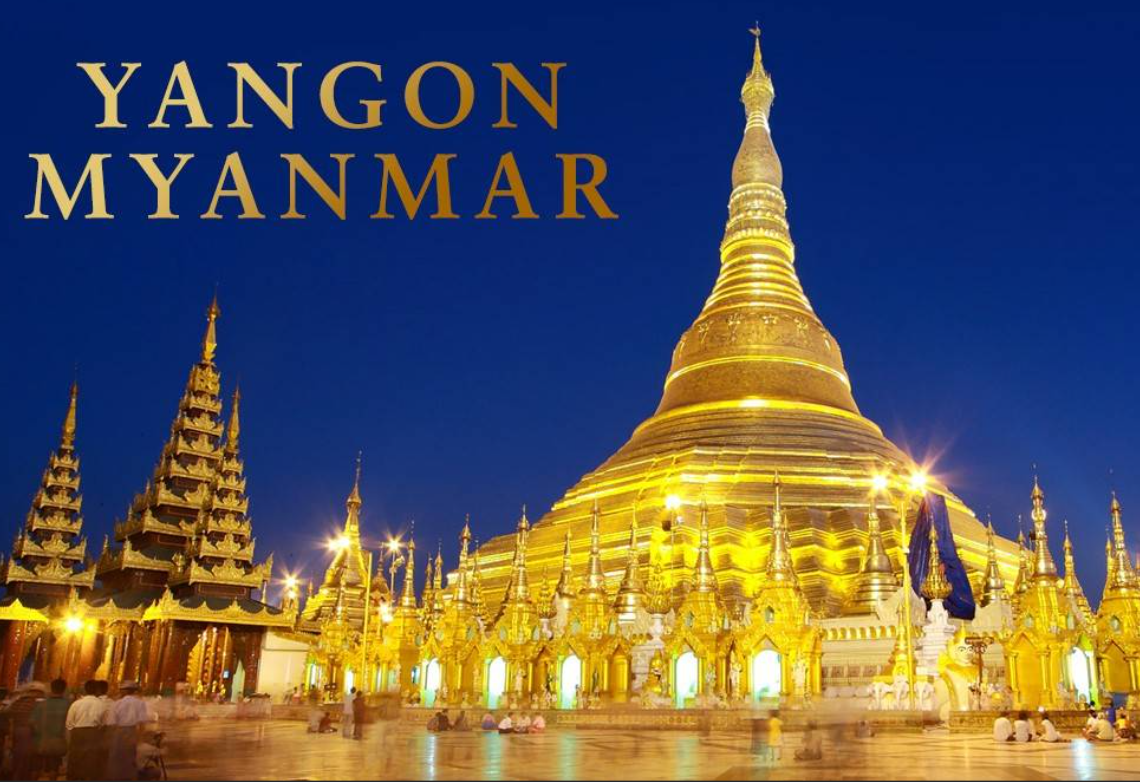2024/7/15

On November 3, 2023, the Marketing Department of China National Textile and Apparel Council (CNTAC), and the Sub-Council of Textile Industry, China Council for the Promotion of International Trade (CCPIT TEX) jointly released the Outbound Investment and Cooperation Guide by Country for the Textile Industry (2023) at the 6th Belt and Road Textile Conference. This report introduces and analyzes the investment environment of 20 countries around the world. It provides information and guidance for textile enterprises to engage in “Belt and Road” cooperation.
Geography:
Located in the northwestern part of Asia’s Central and Southern Peninsula, Myanmar, with a land area of 677,000 square kilometers, is a pivotal hub connecting Southeast Asia, China’s Southwest region, and the South Asian subcontinent. The country has a tropical monsoon climate with abundant rainfall.
Natural Resources:
Myanmar has excellent natural conditions, with rich deposits of lead, zinc, and tin. The country is also famous worldwide for its gemstones and jades. Additionally, Myanmar has large deposits of petroleum and natural gas both inland and along the coast, as well as coal mines in the central region. The forest cover is 42.2%, ranking first in Southeast Asia. The country is densely populated with rivers and tributaries. With a coastline of 3,200 kilometers, the country is rich in fishery resources and has a high economic value.
Infrastructure:
Myanmar’s infrastructure is relatively weak but has improved in recent years. There are three international airports and 31 domestic airports. Electricity supply capacity is insufficient, with only 60% of the country’s households electrified by 2022. There is a large shortfall in industrial electricity consumption, and widespread power outages during peak periods.
Macroeconomy:
Myanmar is one of the world’s least developed countries (LDCs), with a relatively weak foundation for economic development. Agriculture, the pillar industry in Myanmar, accounts for about 30% of GDP. Labor-intensive processing and manufacturing industries, border trade and tourism have developed relatively fast. The World Bank’s Doing Business 2020 report indicates that Myanmar is ranked 165th out of 190 economies. The business environment in the country has not shown significant improvement in recent years, mainly because of its unstable political situation. UNCTAD’s World Investment Report 2023 indicates that Myanmar received US$ 1.24 billion in foreign direct investment in 2022, with a foreign capital stock of US$ 38.43 billion.
Status of Textile Industry:
Myanmar’s key industry is the textile and garment sector, which plays a significant role in earning foreign exchange. The primary focus of this industry is garment processing, mainly through processing materials supplied for export. Garment exports account for more than 90% of Myanmar’s total textile and garment exports. As of 2020, there are approximately 600 garment enterprises in Myanmar, employing around 500,000 local workers, with over half of them being funded by foreign investors and operating as joint ventures. Myanmar has not yet developed a complete textile industry system; the progress in the middle and upper segments of the textile, dyeing, and finishing sectors is slow. Although Myanmar plants a small amount of cotton, with an annual output of about 300,000 tons, the yarn, fabric, and other related products in the industry mainly depend on imports from China, Thailand, Vietnam, and other neighboring countries. The industry chain has a relatively weak overall ability to resist risks. Myanmar's apparel products maintain a strong competitive edge in the global market due to ample labor resources and low costs. Being part of ASEAN allows textile and garment exports to benefit from tariff-free import privileges. Additionally, Myanmar enjoys preferential treatment under the Generalized System of Preferences (GSP) from the European Union, the United States, and other developed economies, which support the least developed countries.
International Trade
The structure of Myanmar’s textile and apparel import and export products is relatively homogeneous, mainly exporting clothing and clothing accessories and importing yarns, fabrics and other supporting products of the industrial chain.
Myanmar is a member of the Association of Southeast Asian Nations (ASEAN) and has established free trade ties with South Korea, Japan, China and India under the ASEAN Free Trade Area, and is a beneficiary of the Generalized System of Preferences (GSP) of the European Union and the United States. Currently, China is Myanmar’s largest trading partner, largest source of imports, largest export destination, and the second largest source of investment in the world.
Summary and Suggestion for Investment
(1) With its advantageous geographical location, abundant labor resources, and relatively low cost, Myanmar has established a textile industry centered on garment processing. As a member of ASEAN and RCEP, it benefits from lower tariffs when exporting to specific markets. At the same time, Myanmar continues to benefit from the Generalized System of Preferences (GSP) provided by the United States, the European Union, and other developed countries. The garment industry in Myanmar still has room for investment.
(2) The issue of uneven development in Myanmar’s textile industry chain is becoming more noticeable, as yarn, fabrics, accessories, and other supporting products in the industry heavily depend on imports. And the product manufacturing cycle is longer. In addition, Myanmar has relatively underdeveloped infrastructure, with inadequate water and electricity supply, as well as low logistics and transportation efficiency. These factors pose constraints for textile enterprises to consider when investing in Myanmar.
(3) The political economy and business environment in Myanmar continue to fluctuate, and the uncertainty of foreign investment in Myanmar has risen significantly.
(4) At this stage, the wage level of Myanmar workers still has an advantage among neighboring countries, but the overall skill level and comprehensive quality of the labor force is low, and there is a shortage of skilled workers and middle- and high-level technicians.
Source: CHINA TEXTILE LEADER Express



Authority in Charge: China National Textile and Apparel Council (CNTAC)
Sponsor: China Textile Information Center (CTIC)
ISSN 1003-3025 CN11-1714/TS
© 2026 China Textile Leader, all rights reserved.
Powered by SeekRay